We receive inquiries all the time from prospective clients and fans who wonder what exactly can be done to renovate their older homes and upgrade them to live seamlessly for modern day. While every home is different, our overarching architectural approach prevails from property to property. We seek to open older homes and expand living space, all the while respecting the unique history of the house and preserving character while thoughtfully outfitting the properties for twenty-first-century living.
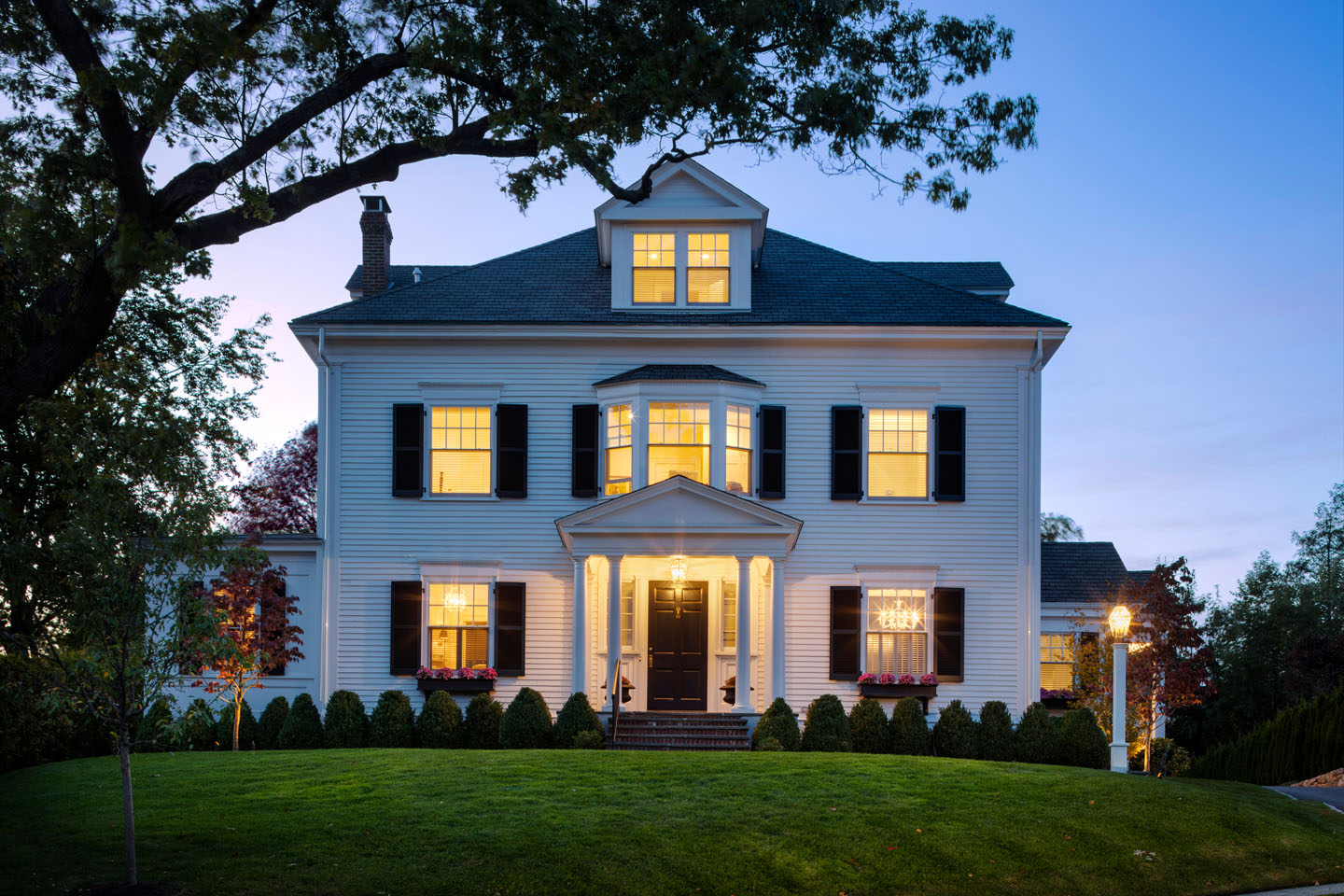
Insert a central spine
Typically, older homes are composed of a series of inward-facing rooms that lack a smooth flow. It’s not uncommon to see clumsily-situated spaces that make for completely disjointed circulation. From the outside, the structures may be beautiful, but on the interior, natural light is often lacking and claustrophobic rooms abound. Our first step in addressing these challenges is to insert a central axis into the house which connects all living spaces on the floor. That axis may run front to back or side to side. Depending on the size and scale of the property we may insert two spines running perpendicular to each other. In a sense, these architectural axes serve almost as a host or hostess, quietly drawing visitors through a home. Much more than mere hallways, these spines function as light-filled gallery spaces full of art, light, and life, and resolve in moments of delight indoors or out. By placing a crackling fireplace, a bay window with sweeping exterior views, or french doors that open onto exterior entertaining space at the end of a circulation spine, we add an enticing moment of drama to the property.
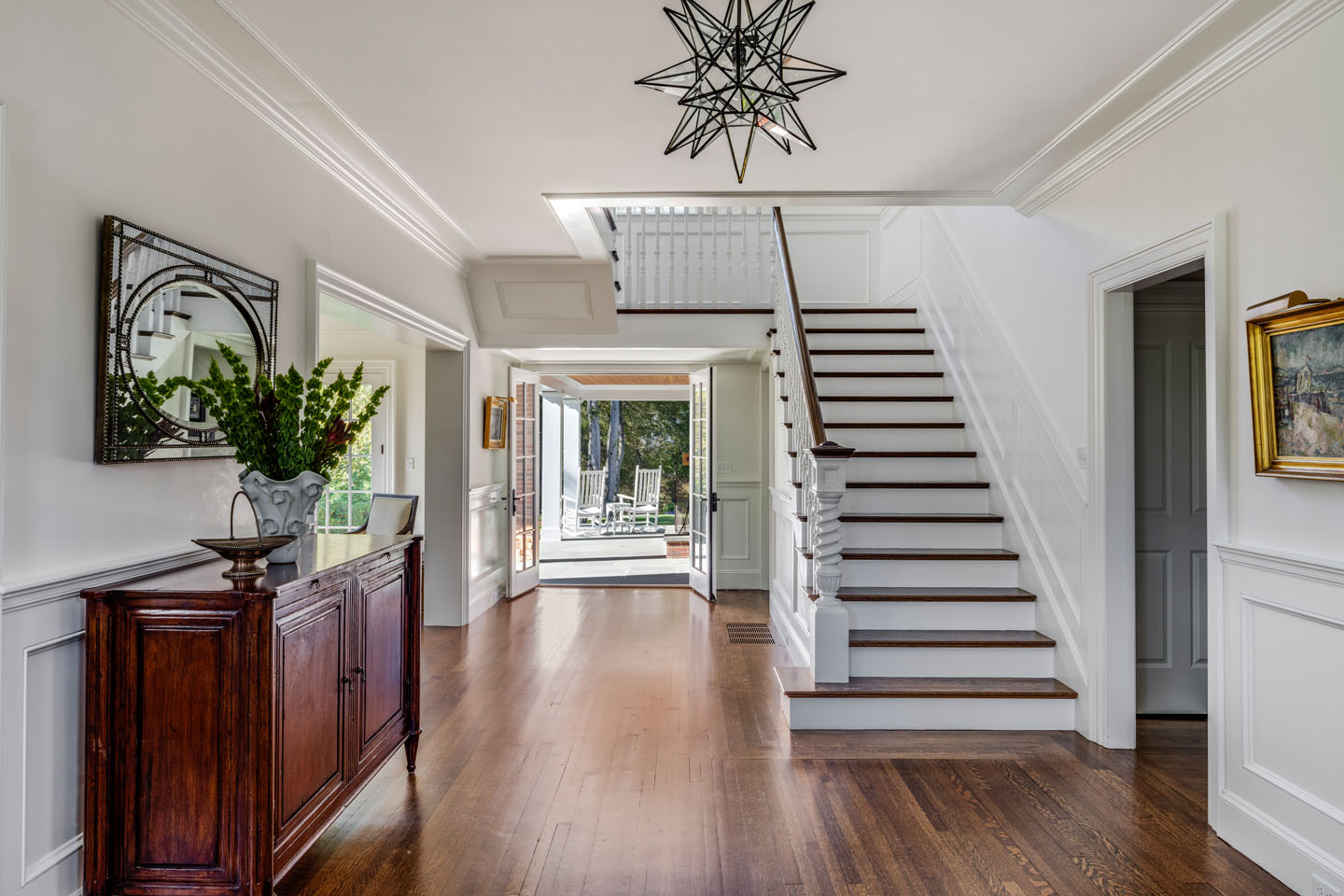
Think horizontally and vertically
When it comes to actual living space, square footage inside older homes may be lacking. As we work to grow a property’s program, we encourage clients to remember that expansion can happen vertically in addition to horizontally. For example, in a modest cape structure with low ceilings, we consider removing floor plates above the first floor to raise the ceiling, capturing significant volume above and modernizing the space. In these cases, clerestory windows and dormers are always a consideration in order to fill the rooms with natural light. Colonials with steeply pitched roofs and Greek revival homes with lesser-used third floors present unique opportunities for significant living space above, dramatically increasing square footage without changing a home’s footprint. In other instances, we look below grade to find opportunities that hadn’t presented themselves prior to our engagement. Sometimes, by using careful landscape tactics and reassessing a property’s grading, a formerly dark subterranean basement can be reimagined as true indoor-outdoor living space flooded with natural light and enhanced with exterior programming.
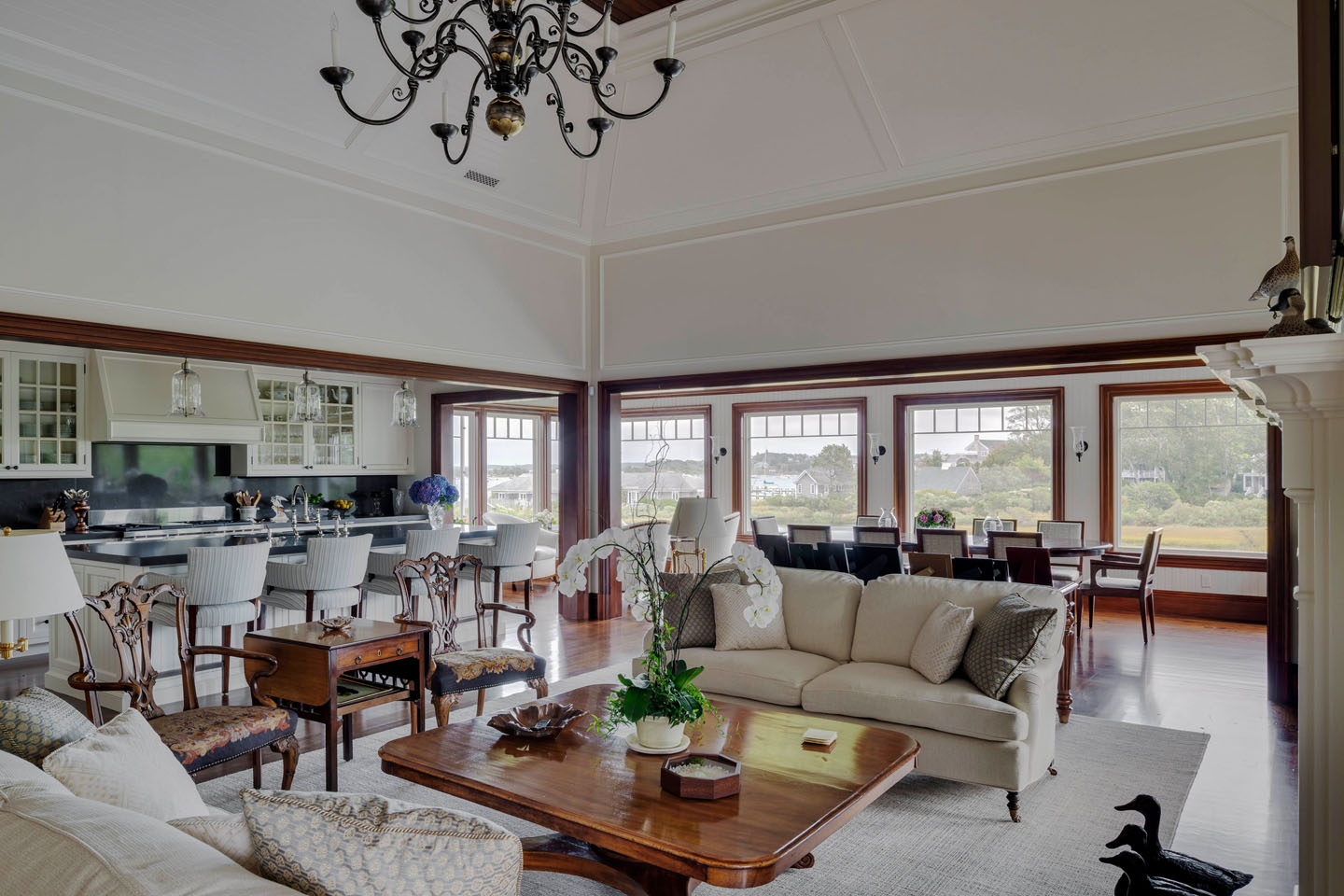
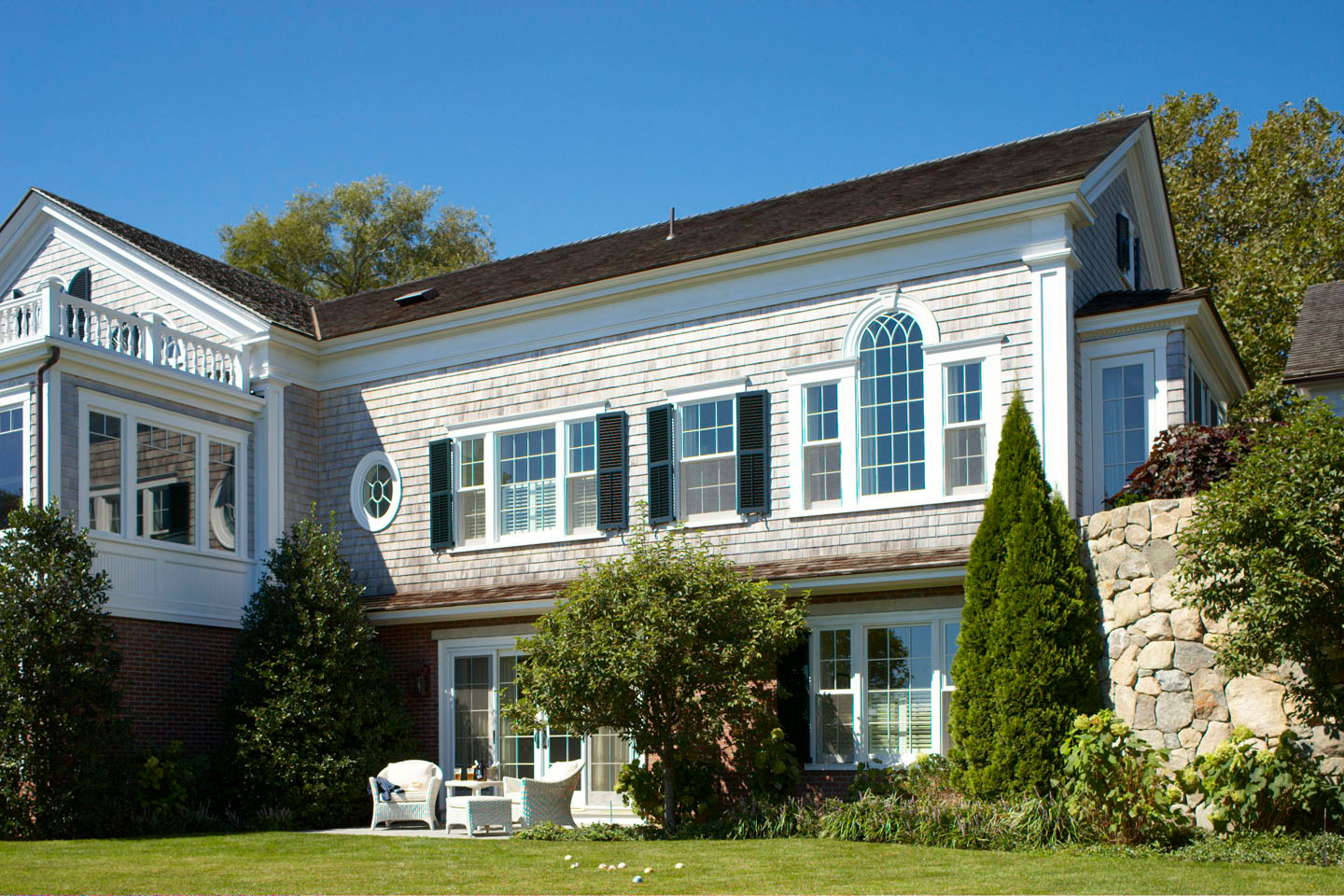
Preserve a home’s unique character
Last, as we modernize older homes we are always respectful of a home’s unique history, maintaining architectural details that grant fundamental antique character to a property. For example, we might repeat shapes and forms on the original part of a home in an addition or a new outbuilding to leave passersby wondering whether the newly constructed segment is actually original to the house. We also preserve period details as well as authentic vintage finishes when appropriate. For example, when renovating the John Coffin House on Martha’s Vineyard, we completely restored an original 1680s bay window on the house, preserving character, scale, and charm while bringing the home more than 300 years into the future.
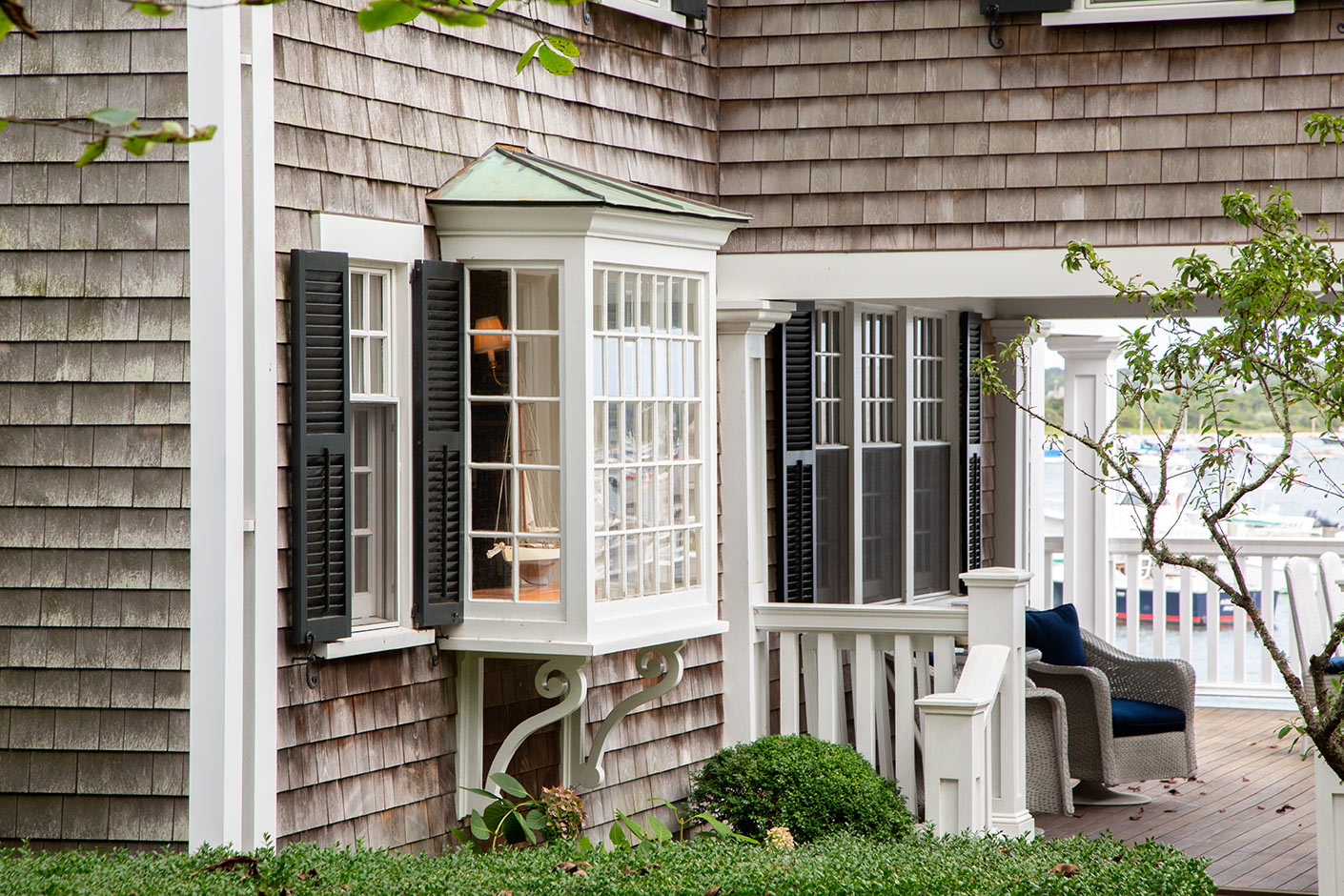
Although every property is different, as we design for renovations our philosophy persists. We work to create a true flow throughout the property, to think above and below as we grow square footage without increasing a footprint, and to respectfully consider the past as we renovate and update. These principles allow us to satisfy our clients’ wants and needs while preserving history for years to come.
Contemplating renovations on a historic property of your own? Feel free to contact us. In the interim, we hope you’ll find meaningful inspiration in our portfolio.